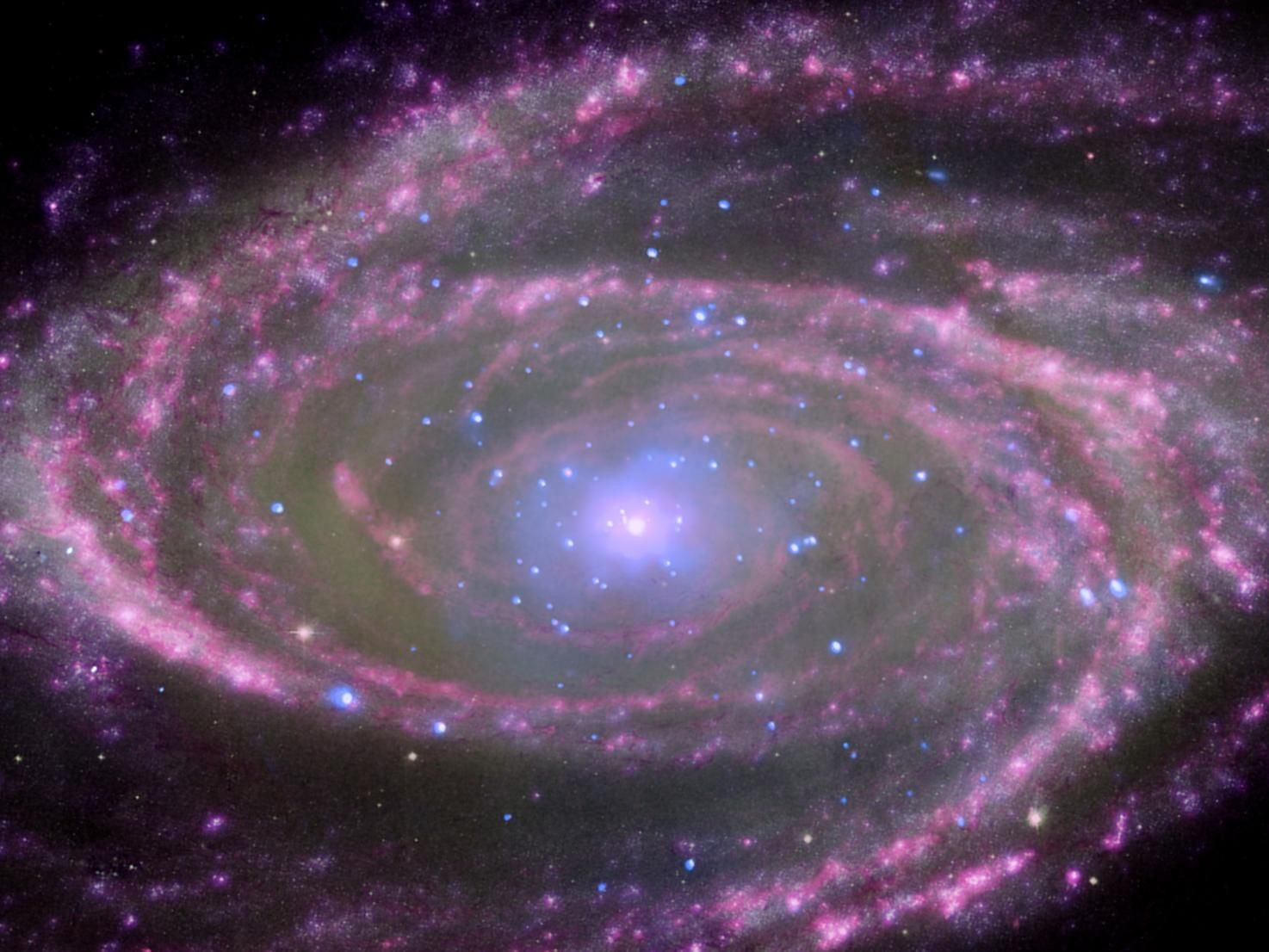Create a free profile to get unlimited access to exclusive videos, sweepstakes, and more!
Three black hole pioneers share Nobel Prize in Physics for 2020

What do this year’s winners of the Nobel Prize in Physics have in common (besides winning the Nobel Prize, that is)? All three of this year’s winners — Sir Roger Penrose, Reinhard Genzel, and Andrea Ghez — focused their research on black holes, in the process bringing humanity one step closer to unraveling “The Milky Way’s darkest secret,” according to the Nobel Foundation.
The three newly minted Nobel Laureates split the Physics award two ways, with Penrose being honored individually “for the discovery that black hole formation is a robust prediction of the general theory of relativity,” while Genzel and Ghez shared the prize “for the discovery of a supermassive compact object at the centre of our galaxy” — an object that, you guessed it, can only be explained by current research as nothing other than a black hole.
A former colleague of the late Stephen Hawking (Penrose even penned Hawking’s 2018 obituary for The Guardian), Penrose’s work to link black holes with Einstein’s general theory of relativity dates all the way back to his work with Hawking in the 1960s. But it was his use of “ingenious mathematical methods in his proof that black holes are a direct consequence of Albert Einstein’s general theory of relativity” that earned him his first Nobel prize in 2020, more than three decades after sharing the Wolf Foundation Prize for Physics with Hawking in 1988.Along with Hawking and a handful of other physicists of the post-Einstein generation, Penrose is responsible for much of the current scientific consensus that describes and speculates on the way that black holes form and behave. In 2018, he theorized that other “dead” universes may very well predate our own, interpreting Cosmic Microwave Background radiation data to suggest that faint signatures of those older universes’ dead black holes still linger from the cosmic event that created this one.
The Nobel Foundation recognized Genzel and Ghez jointly for positing that the center of the Milky Way is anchored by a supermassive unseen object. “Their pioneering work has given us the most convincing evidence yet of a supermassive black hole at the centre of the Milky Way,” according to the Nobel Foundation.
Each physicist leads “a group of astronomers that, since the early 1990s, has focused on a region called Sagittarius A* at the centre of our galaxy,” the Foundation explained. “The orbits of the brightest stars closest to the middle of the Milky Way have been mapped with increasing precision. The measurements of these two groups agree, with both finding an extremely heavy, invisible object that pulls on the jumble of stars, causing them to rush around at dizzying speeds…Stretching the limits of technology, they refined new techniques to compensate for [telescopic] distortions caused by the Earth’s atmosphere, building unique instruments and committing themselves to long-term research.”
It might have taken decades for each scientist to earn the prize, but they’d likely be the first to acknowledge that, in the grand scheme of things, that’s less than a nano-blip on the boundless cosmic clock. It just goes to show that, when it comes to answering questions that may be older than the universe itself, persistence pays off. “The discoveries of this year’s Laureates have broken new ground in the study of compact and supermassive objects,” wrote David Haviland, chair of the Nobel Committee for Physics. “But these exotic objects still pose many questions that beg for answers and motivate future research.”
Sounds like a pep talk to start thinking about a STEM career. Or, if you already happen to be a Nobel Laureate, to roll up your sleeves and get right back to work.


























